During BIEMH Tekniker will present various items of the organisation’s range of lasers geared towards machine tools from its “Laser Manufacturing Lab”.
Laser technology can be rated as complementary tool for existing manufacturing processes or as a production technique that did not exist in the past. In both cases, laser offers interesting options.
Processes used to manufacture, for instance, metal components by means of 3D direct deposition of material in the form of wire/powder represent one of the most promising technologies for the future when large components have to be manufactured for sectors such as, among others, aeronautics, aerospace and shipbuilding. The energy sector, on the other hand, considers that this technology offers an efficient alternative for repairs, recharging and coating.
Although a relatively new technology, it is highly attractive for the industry as it offers high process efficiency for singular components and high-value materials. It also improves the structural quality of materials, makes systems more resilient, provides freedom of movement and reduces costs in terms of raw materials.
From its stand at the upcoming International Machine Tool Biennial located in Hall 1, aisle C14, Tekniker will showcase two parts made for industrial customers for which additive manufacturing was used or, more specifically wire/powder Laser Metal Deposition (LMD).
More specifically, a compressor cylinder manufactured from AISI 316L steel will be presented together with a component whose function consists opening and shutting an inlet and exhaust valve used on a motor in the energy sector (rocker arms) made of AISI 316L austenitic stainless steel.
In the course of aforementioned fair, Tekniker will have on display several sheets of AISI 316L austenitic stainless steel manufactured by means of a laser equipped with ultrashort pulses and a polygonal scanner with applications related to the most outstanding processes listed hereunder:
Precision cutting of any type of material, including polymeric materials and glass. Cutting precision below 10 mm with affected areas smaller than 1 mm. Applications:
- Healthcare: Cutting of coronary stents, intraocular lenses, microfluidic devices.
- Microelectronics: Stencil manufacturing, chip cutting, opening pathways
- Consumer goods: Glass cutting in watchmaking
Texturising. Surface modification processes based on creating geometric patterns (resolution <10 mm) or periodic nanometric structures (LIPSS). Maximum texturing speed settings of up to 5 min/m2 with a polygonal scanner. Applications:
- Health: Hydrophilic, hydrophobic and bactericidal surfaces, dental implants
- Mechanical components: Texturizing joins and bearings
- Consumer goods: Optical diffusers
- Aeronautics: Anti-icing surfaces
Perforation. Microperforations with <10 aspect ratios, 5 mm of minimum orifice resolution for speed settings above 1000 orifices on any kind of material. Applications:
- Aeronautics: HLFC structures, acoustic panels
- Health: Nebulisers
- Consumer goods: Filters
Marking. Applications:
- Packaging: High-precision and high-speed traceability systems
- Health: Black marking of surgical instruments, electrochemical sensors
- ICTs: Aerials
- Consumer goods: Aesthetic colouring of metals
As regards battery soldering, Tekniker will showcase demonstrators of the laser welding process using copper and aluminium for battery cells.
As the level of demand for electric components in the automotive industry is growing and copper is being increasingly used for these components, it has become necessary to develop automated and productive manufacturing processes suitable for material of this kind.





